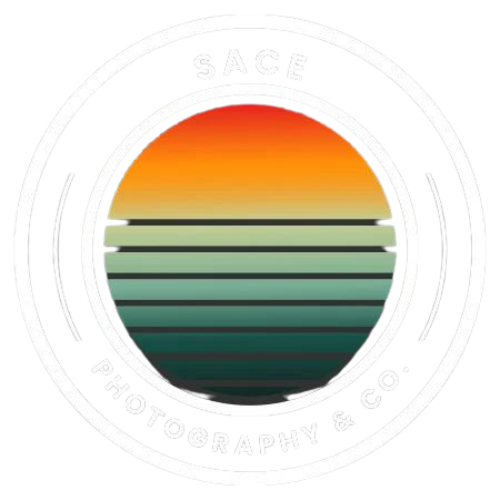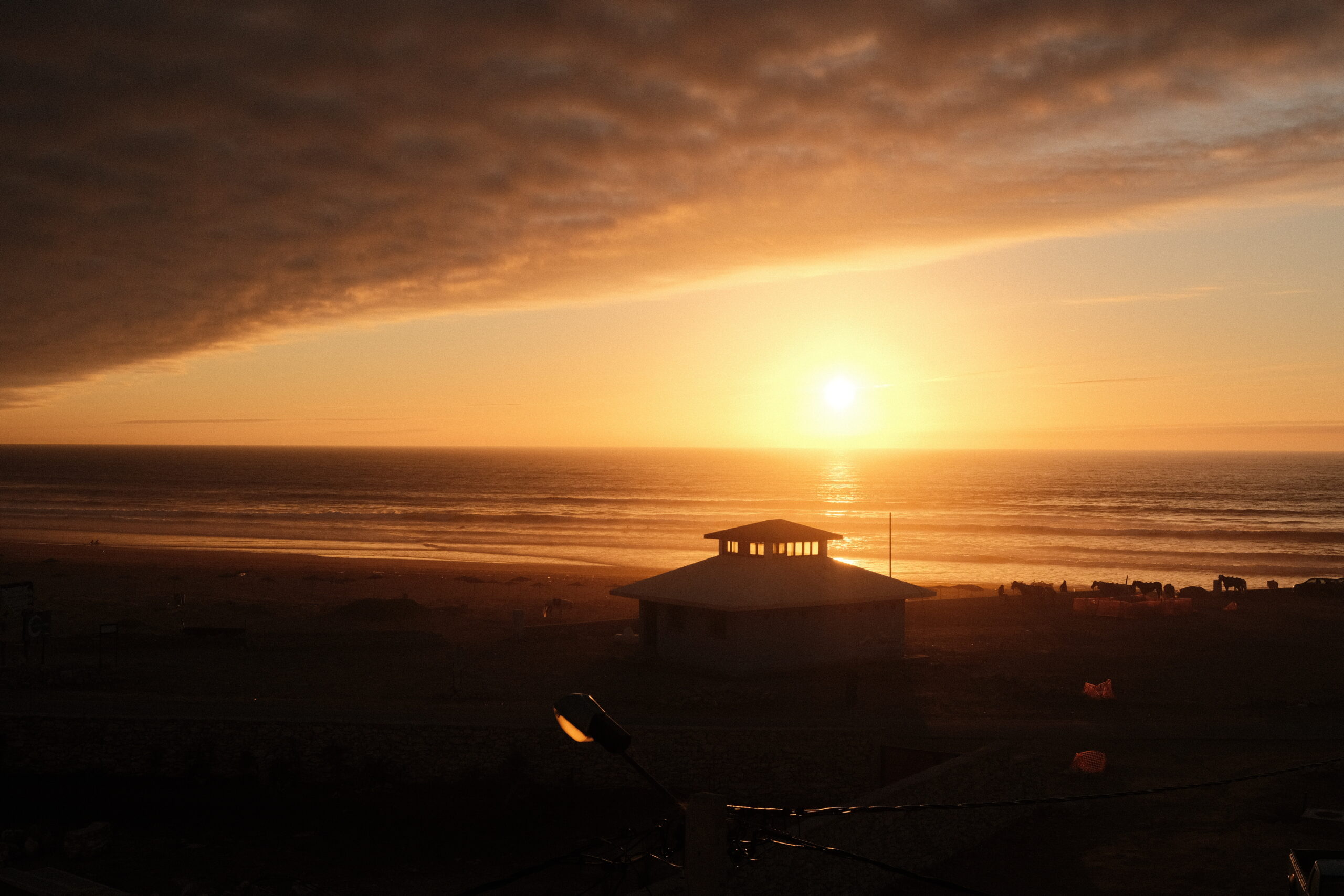For photographers who love the outdoors, nothing beats the thrill of combining a camping trip with photography. From the golden light of sunrise to the stars glittering over a pristine landscape, nature offers endless opportunities for breathtaking shots. Whether you’re an amateur or a seasoned professional, here are five essential tips to elevate your nature photography while camping.
1. Plan Around the Light
In outdoor photography, light is everything. The most magical photos are often captured during the “golden hours”—shortly after sunrise and before sunset—when the light is soft, warm, and shadows are long.
- Tip: Use apps like PhotoPills to track the sun’s position and find the best times and angles for your shots.
- Bonus: Don’t forget about the “blue hour”—just after sunset or before sunrise—when the sky is a deep, vibrant blue. It’s ideal for capturing moody, atmospheric photos of landscapes or water.
2. Master Long Exposures for Starry Skies
Camping overnight gives you the chance to experiment with night photography, particularly capturing stars or even the Milky Way. A tripod and long exposure settings are your best friends here.
- Tip: Set your camera to manual mode, using a shutter speed of 20-30 seconds and a wide aperture (f/2.8 or wider) to let in as much light as possible. Don’t forget to adjust the ISO to around 1600-3200, depending on the brightness of the sky.
- Bonus: Use a remote trigger or your camera’s timer to avoid any shake when pressing the shutter.
3. Pack the Right Gear for the Journey
Being outdoors means you need to be smart about your gear choices. While it’s tempting to bring everything, packing light is essential when camping. Choose versatile equipment that meets both your photography and camping needs.
- Recommended Gear:
- A mirrorless camera like the Fujifilm X-T5 for its compact size and excellent performance.
- A lightweight tripod such as the Peak Design Travel Tripod for stability during long exposures and uneven terrain.
- Multi-purpose lenses: A wide-angle lens for landscapes, paired with a zoom lens for wildlife or distant subjects.
Don’t forget to pack extra batteries and memory cards—camping often takes you far from power sources and shops.
4. Compose with Depth and Foreground Interest
Nature provides vast, open spaces that can sometimes appear flat in a photo if not composed thoughtfully. To create dynamic images that draw the viewer in, include strong foreground elements like rocks, flowers, or trees to lead the eye into the scene.
- Tip: Use the rule of thirds to position your subject or horizon, and don’t be afraid to play with perspective by shooting from ground level or unusual angles.
- Bonus: Reflective surfaces like lakes or rivers make for stunning compositions. Capture reflections at dawn or dusk when the wind is calm and the water is still.
5. Be Patient and Let Nature Reveal Itself
One of the beauties of photographing in nature is that you never know what to expect. Whether it’s waiting for wildlife to make an appearance or clouds to break for that perfect shot, patience is key. Don’t rush; take the time to observe your surroundings.
- Tip: Set up camp in a location with good views, so you can easily grab your camera when the moment strikes. Also, bring a lightweight chair or blanket so you can sit comfortably while you wait for that perfect shot.
- Bonus: Sometimes the best moments happen unexpectedly—a bird landing in a tree or a break in the clouds. Keep your camera nearby at all times, even during downtime.
Final Thoughts
Camping and nature photography go hand in hand. When you immerse yourself in the natural environment, the world reveals details you wouldn’t otherwise notice. From vibrant sunsets to hidden wildlife, there’s beauty everywhere—you just need to be ready to capture it. With these tips and the right gear, you’ll be well on your way to creating stunning photos on your next camping adventure.

